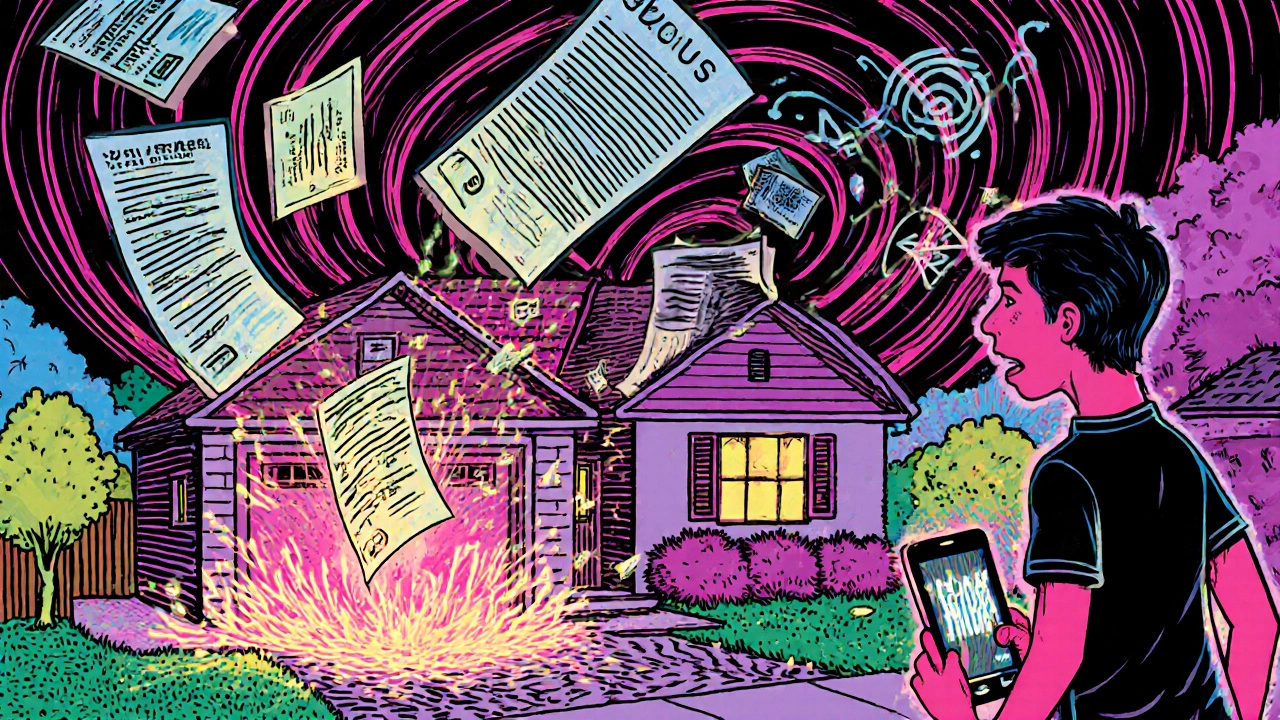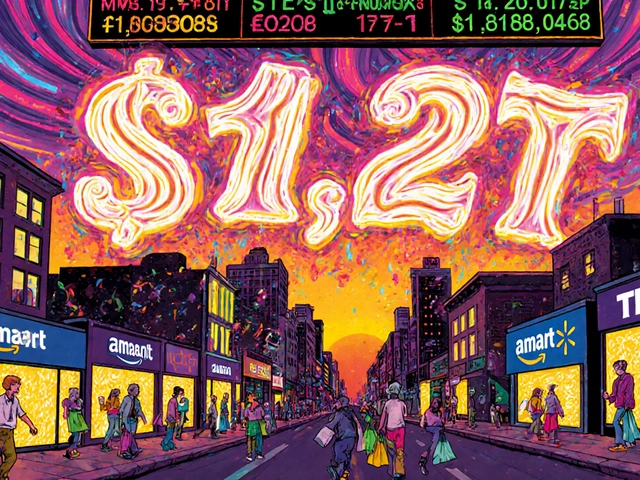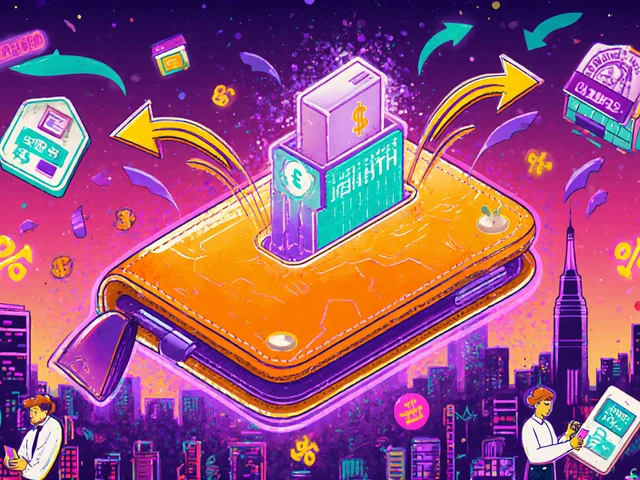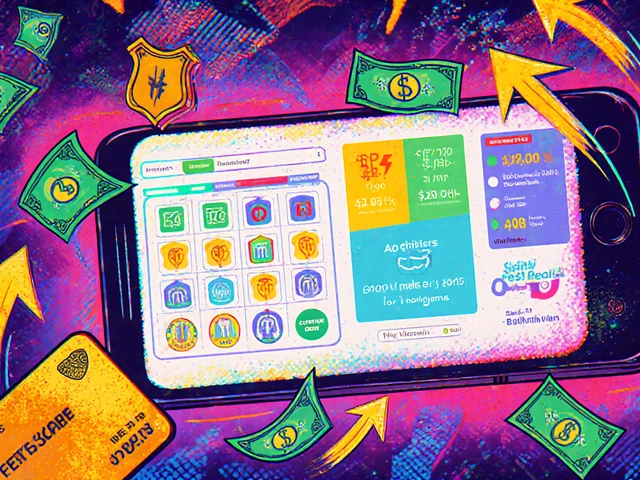Financial Identity Protection: Stop Stolen Data from Killing Your Credit
When someone steals your identity, they don’t just take your name—they take your financial identity, the complete set of personal and financial data that banks, credit agencies, and lenders use to verify who you are. Also known as identity theft, it’s not a rare glitch—it’s a targeted attack that happens to over 14 million Americans every year, according to the FTC. Your SSN, bank account numbers, and even your medical records are all part of this digital fingerprint, and once it’s compromised, rebuilding your financial life takes years. Most people think financial identity protection means locking their wallet or changing passwords. But that’s like locking your front door while leaving the windows open. Thieves don’t need your physical card—they use leaked data from breaches, phishing scams, or even public records to open new accounts, file fake tax returns, or drain your existing ones without ever touching your phone.
Real financial identity protection starts with understanding how your data moves. Credit fraud, the unauthorized use of your credit history to open loans or cards is the most common outcome. It doesn’t show up overnight—it sneaks in through small, unnoticed transactions that snowball into collections and ruined credit scores. Then there’s data breach, when companies you’ve trusted with your info get hacked, exposing your details to criminals. In 2023, over 1.6 billion records were exposed globally. You didn’t cause it. But you’re the one who pays the price in lost time, stress, and money.
What’s missing from most advice is the link between your everyday habits and your financial safety. Using the same password for your bank and your grocery app? That’s a backdoor. Not checking your credit report for months? That’s a blind spot. Relying on your bank to catch fraud? They’re not obligated to. Financial identity protection isn’t a one-time setup—it’s a daily practice. Freeze your credit. Set up fraud alerts. Monitor your accounts with tools that don’t just send alerts but explain what’s happening. And don’t wait for a scam to hit you—act before it does.
Below, you’ll find real strategies from people who’ve been through it—how to lock down your accounts after a breach, which free tools actually work, how to dispute fraudulent accounts fast, and why your credit report is your most important financial document. No fluff. No scare tactics. Just what you need to take back control.





